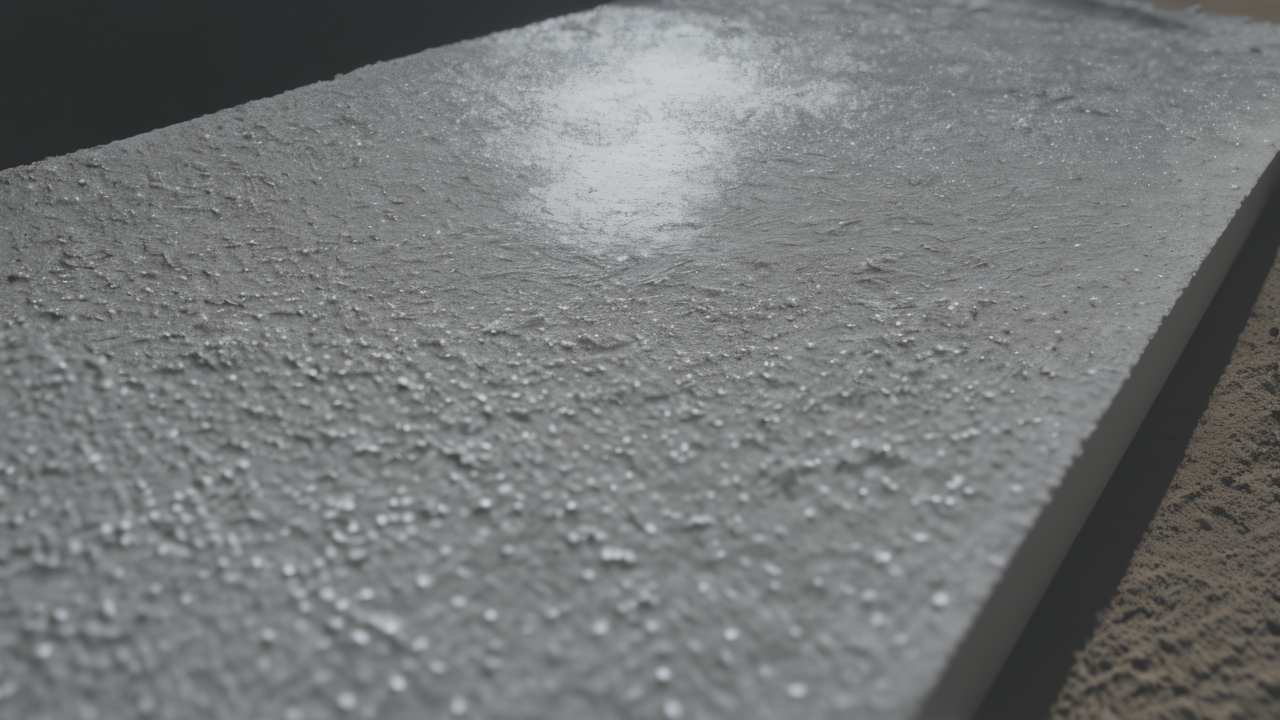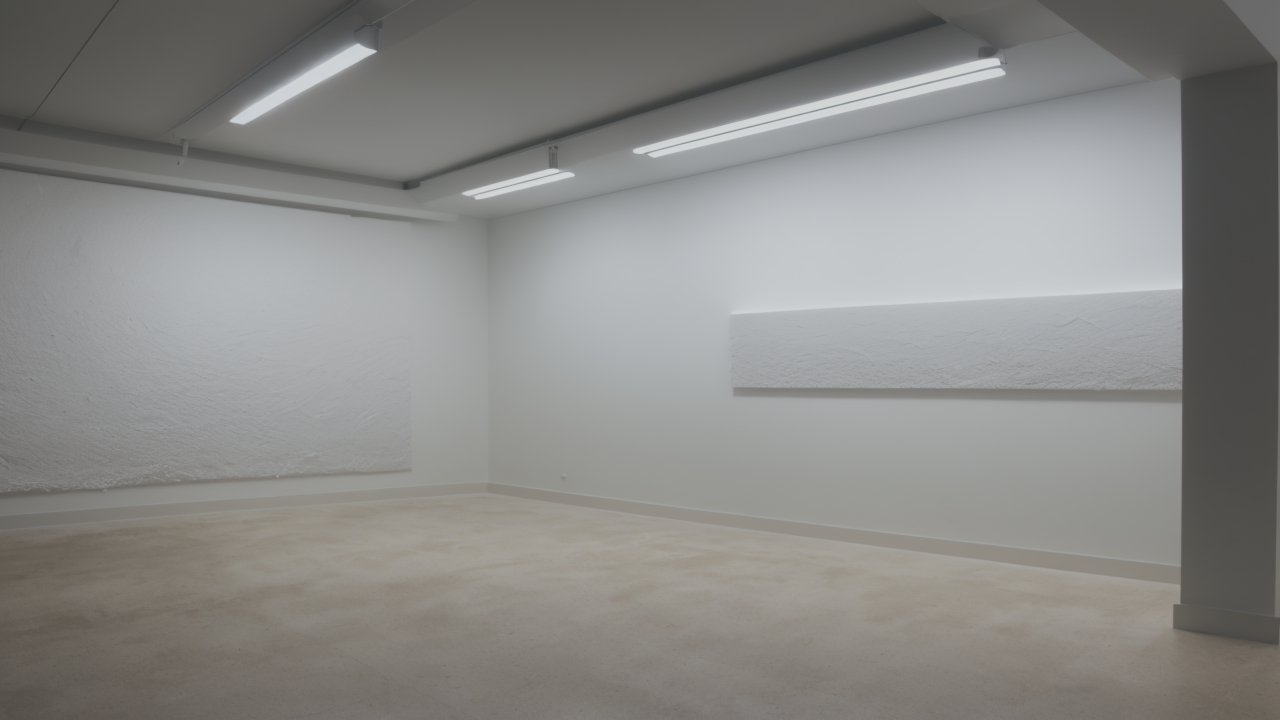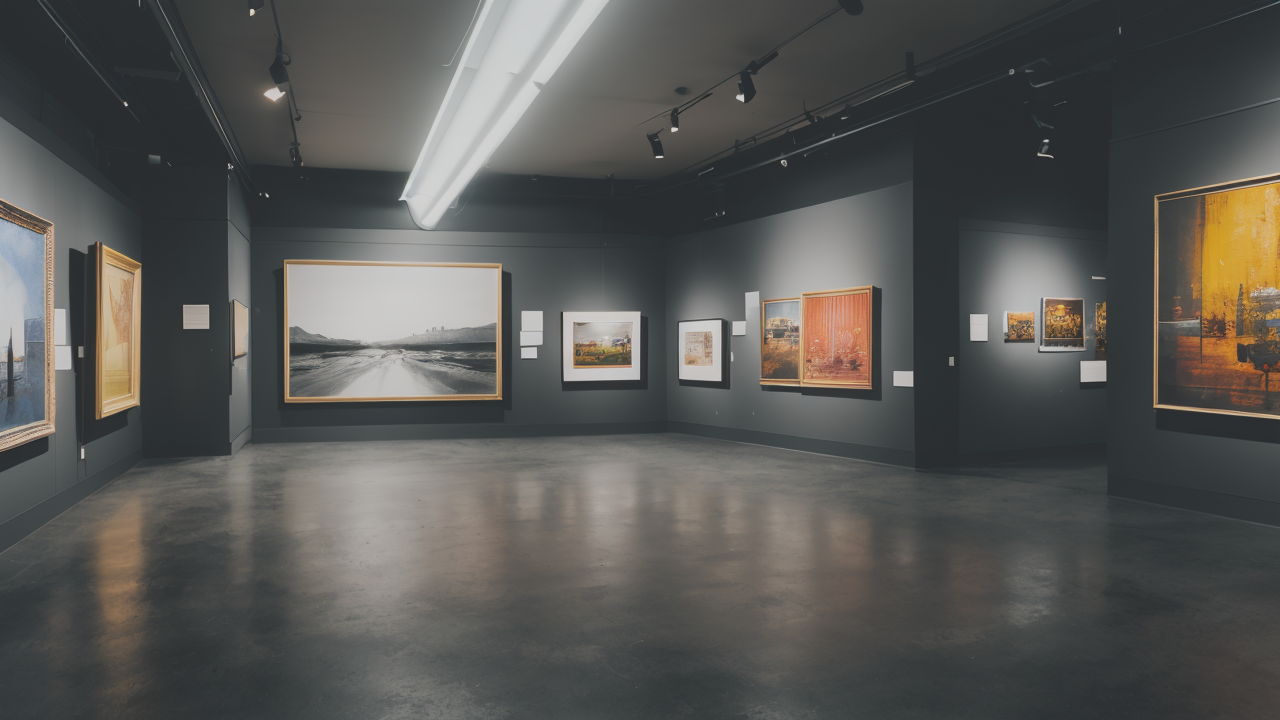
Sculpting Stories: Expert Guide to Layered Textures and Plaster Techniques in Wall Art
Understanding Plaster Art Texture Painting Techniques
The Basics of Plaster Art
Plaster art is a versatile medium that offers endless creative possibilities. It begins with mixing plaster powder and water to create a moldable paste. This paste can be shaped, carved, or applied to surfaces to create various forms. As it dries, the plaster hardens into a durable material. Artists use plaster for sculptures, reliefs, and textured paintings. The basic techniques include casting, carving, and layering. Casting involves pouring plaster into molds to create specific shapes. Carving is done on partially or fully dried plaster to add details. Layering allows artists to build up textures and depth. Plaster can be left in its natural state or painted after it dries. Its adaptability makes it a favorite among both traditional and modern artists.

Advanced Techniques for Creating Textured Art
Advanced plaster techniques allow artists to create unique textures and forms. Here are some methods:
- Intaglio: Carving designs into wet plaster for a sunken relief effect
- Sgraffito: Scratching through layers to reveal colors or textures beneath
- Impasto: Building up thick layers of plaster for a 3D, textured surface
- Fresco: Painting on wet plaster to create a lasting, integrated image
Artists often experiment by adding materials to plaster. Sand, fibers, or pigments can change its properties. Some use found objects to create impressions in wet plaster. Others combine plaster with media like paint or metal for mixed-media works. Textured rollers or stamps can create patterns on plaster surfaces. Layering different types of plaster can produce interesting visual and tactile effects. These techniques allow artists to push the boundaries of plaster art and create truly unique pieces.
Materials and Tools for Plaster Artists
Plaster artists need a variety of tools and materials to bring their visions to life. Here's a basic list:
- Plaster of Paris or other plaster types
- Mixing containers and utensils
- Water
- Molds or armatures
- Chisels and carving tools
- Sandpaper and smoothing tools
- Paints and sealants
Additional items might include:
- Texture mats or stamps for creating patterns
- Wire mesh for reinforcing large pieces
- Silicone for making custom molds
- Spray bottles for controlling moisture levels
Safety gear is crucial. This includes dust masks, gloves, and eye protection. A well-ventilated workspace is important due to plaster dust. Artists may also use specialized tools like dental picks for fine details. Experimentation with different tools can lead to unique textures and effects in plaster art.
The Role of Plaster Art in Contemporary United States Art
Incorporating Plaster into Installation Art
Plaster has become a key material in contemporary installation art. Its versatility allows artists to create immersive environments. Large-scale plaster works can transform spaces in unique ways. Artists use it to build structures, create textures, and mimic other materials. Plaster installations often play with light and shadow. This creates dynamic, ever-changing experiences for viewers. Some artists incorporate sound or movement into plaster installations. Others use plaster to cast everyday objects, giving them new context. The material's ability to take on any form makes it ideal for site-specific works. Plaster installations can be temporary or permanent. This flexibility allows artists to adapt to different exhibition spaces and concepts.

The Influence of Plaster Art on Modern Sculpture
Plaster has greatly influenced modern sculpture in the United States. Many sculptors use it as a medium for its flexibility and affordability. It allows for quick prototyping and easy modifications. Artists can experiment with forms before casting in more permanent materials. Plaster's texture can be smooth or rough, mimicking various surfaces. This versatility has led to new forms of expression in sculpture. Some artists leave plaster works raw, embracing its natural appearance. Others use it as a base for adding color or mixed media elements. Plaster sculptures can range from delicate to monumental in scale. The medium's influence extends to digital sculpting, where artists mimic its properties virtually.
How Textured Surfaces Enhance Visual Appeal
Textured surfaces in plaster art add depth and interest to visual works. They create shadows and highlights that change with lighting conditions. This dynamic quality engages viewers, inviting closer inspection. Textures can evoke emotions or represent concepts in abstract ways. Smooth surfaces might convey calm, while rough textures suggest energy or conflict. Artists use texture to guide the viewer's eye across a piece. It can emphasize certain areas or create contrast between elements. In paintings, textured plaster grounds add dimension to flat surfaces. This technique bridges the gap between 2D and 3D art forms. Texture also allows for tactile experiences, making art more accessible to diverse audiences.
Business Strategies for Plaster Artists
Marketing and Branding Tips for Plaster Art Businesses
Successful plaster artists need strong marketing and branding strategies. Here are some tips:

- Develop a unique style or niche within plaster art
- Create a professional website showcasing your best work
- Use social media to share your process and connect with fans
- Collaborate with other artists or businesses for exposure
- Participate in art fairs and local events to meet potential buyers
- Offer limited edition pieces to create demand
- Write about your techniques to establish expertise
Branding should reflect your artistic vision. Choose a logo, color scheme, and tone that match your work. Consistency across all platforms helps build recognition. Consider your target audience when crafting your message. Are you aiming for high-end collectors or everyday art lovers? Tailor your approach accordingly. Your brand is more than your art—it's the story you tell about your work and yourself as an artist.
Diversifying Your Income: Workshops and Custom Projects
Plaster artists can expand their income streams beyond selling finished pieces. Workshops and custom projects offer valuable opportunities. Here's how to diversify:
- Teach plaster art techniques in person or online
- Offer one-on-one mentoring sessions
- Create video tutorials or e-courses
- Take on commissioned work for homes or businesses
- Collaborate with interior designers for custom installations
- Develop a line of DIY plaster art kits
- Write and sell e-books on plaster techniques
Workshops allow you to share your knowledge while building a community. Custom projects can lead to higher-paying opportunities and long-term clients. Consider the time investment for each activity. Balance these options with your studio work to maintain a steady income flow. Diversifying can provide stability and growth for your art business.
Navigating the Art Market: Galleries and Exhibitions
Entering the art market requires strategy and persistence. Here are tips for working with galleries and exhibitions:
- Research galleries that align with your style and values
- Prepare a professional portfolio and artist statement
- Attend gallery openings to network and understand the scene
- Start with local or emerging artist exhibitions
- Consider online galleries to reach a wider audience
- Apply for juried shows to gain credibility
- Build relationships with gallery owners and curators
When approaching galleries, be professional and prepared. Understand their submission process and follow it carefully. Be open to feedback and willing to adapt your work if necessary. Exhibitions offer exposure and can lead to sales and future opportunities. Plan your show calendar in advance to ensure a steady presence in the art world. Remember, success in the art market often comes from a combination of talent, networking, and perseverance.


